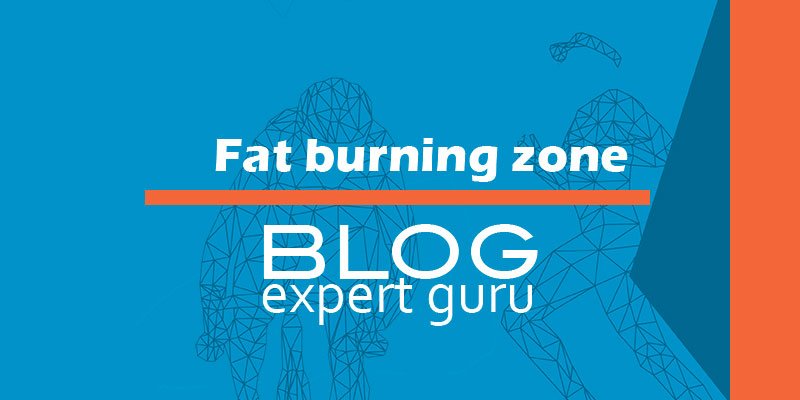When we excercise our muscles can grap to different energy systems to make our muscles contract :
- Fat
- Glycogen (carbs) with O2
- Glycogen (carbs) without O2
- ATP
| Energy system | Time active | Excercise intensity |
| Fat | days.. | low |
| Glycogen with O2 | several hours | moderate |
| Glycogen without O2 | several minutes | high |
| ATP | 10 seconds | very high |
The four energy systems will be available when excercise starts. A good combination between body and brains will bring the most efficient pacing to the best result. The role of nutrition gets more important as at the same time the duration gets longer and the intensity is high.
The glycogen storage in the human body of a well trained athlete will we around 90minutes for a high intensity training / race. See this glycogen storage as a full loaded battery. During a race the battery level can drop less fast when :
- We burn a higher % of fatty acids.
- We consume higher amounts of carbohydrate.

To know the quality of your fat burning skills and to know where your fatburning zones are makes it easier to say what your carbohydrate intake per hour recommended for a certain duration and a certain intensity.
The quality of fat burning skills and at which intensity an athlete burns the most fat is highly individual. Not everybody burns the most fat (FATmax) at low intensity. For example women are normally better fatburners than men. The pictures below is showing the variety of fat burning skills and the variety of FATmax peak at different intensities. The most ideal profile for an athlete would be to have good fat burning qualitiy with a fat max at higher intensity. Close to race intensity.

Images & source : Asker Jeukendrup, mysportscience : https://www.mysportscience.com/post/2015/08/04/finding-your-fat-burning-zone

To determine somebodies fat burning zones there are two options :
- Lab Vo2max oxygen exercise test
- Field lactate excercise test
During the first type of test the amount of oxygen and carbon dioxide is measured during an excercise test with gradually increasing intensity. You can undergo this test at a sport medicin doctor or sport health institute. The second test can be done with the better sport coaches. In this test the amount of blood lactate is measured also during gradually increasing excercise intensity. The amount of lactate corresponds to the different type of energy systems.



